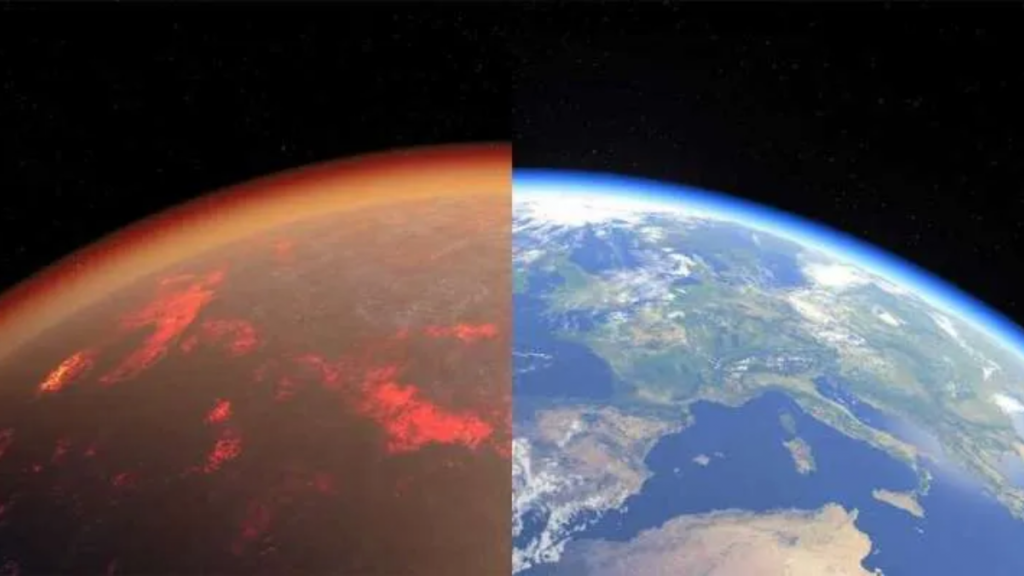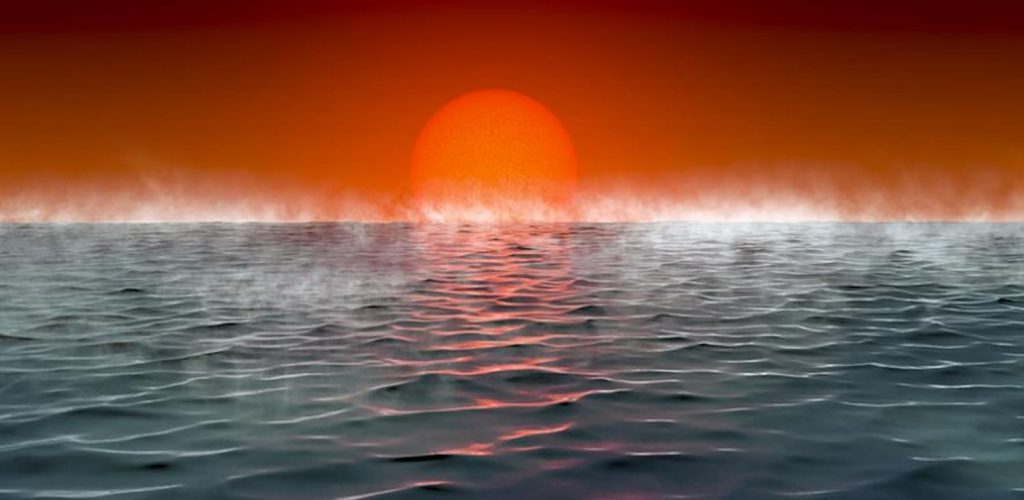In their search for extraterrestrial life, astronomers primarily searched for planets of the same size, mass, temperature, and composition of Earth’s atmosphere. However, Cambridge University astronomers believe there are other possibilities.
Researchers have identified a new class of habitable planets, dubbed “Hycean” planets, which are ocean-covered and hydrogen-rich atmospheric planets that are more numerous and observable than Earth-like planets.
According to the study published in Astrophysical JournalStudying these types of planets could allow us to find the vital fingerprints of life outside our solar system within the next few years.
Dr. said. Niko Madhusudan of the Cambridge Institute of Astronomy, who led the research.
Many of the leading Hycean candidates that researchers have identified are larger and warmer than Earth, but still have characteristics of hosting large oceans that could support microbial life similar to those in some of the most extreme aquatic environments on Earth.
These planets also allow for a much larger habitable zone, compared to Earth-like planets.
Thousands of extrasolar planets have been discovered since the first exoplanet was discovered nearly 30 years ago. The vast majority of planets are between Earth and Neptune sizes, often referred to as “super-Earths” or “mini-Neptunes”: they can often be rocky planets or ice giants with hydrogen-rich atmospheres, or something in between.
Most small Neptunes are more than 1.6 times the size of Earth – smaller than Neptune but too large to have a rocky interior like Earth. Previous studies of such planets have found that the pressure and temperature under their hydrogen-rich atmosphere would be too high to sustain life.
However, a recent study on mini-Neptune K2-18b by Madhusudhan’s team found that, under certain conditions, these planets can support life. The result led to a detailed investigation of the full range of planetary and stellar properties for which these conditions are possible, which known exoplanets can meet these conditions, and whether their biomarkers are observable.
The investigation led the researchers to identify a new class of planets, the Hycean planets, with massive planetary oceans under hydrogen-rich atmospheres. Hycean planets may be up to 2.6 times larger than Earth and have atmospheric temperatures of nearly 200°C, depending on the stars they host, but their surrounding conditions may be similar to those that lead to microbial life in the oceans. Earth. These planets also include tidal-blocked “dark” Hycean worlds that may have habitable conditions only on their perpetual night sides and “cool” Hycean worlds that receive little radiation from their stars.
Planets of this size dominate the known group of exoplanets, although they have not been studied in detail as the super-Earths. Hycean worlds are probably very common, which means that the most promising places to search for life elsewhere in the galaxy may have been hiding in plain sight.
However, dimensions alone are not enough to confirm whether a planet is Hycean – other aspects such as mass, temperature and atmospheric properties are necessary to confirm.
When trying to determine conditions on a planet several light years away, astronomers must first determine if the planet is in the habitable zone of its star, and then look for molecular signatures to infer the atmosphere and internal structure of the planet, which they control. Surface conditions, ocean existence and the possibility of life.
Astronomers are also looking for some biosignatures that could indicate the possibility of life. Most often these are oxygen, ozone, methane, and nitrous oxide, all of which are present on Earth. There are also a number of other biomarkers, such as methyl chloride and dimethyl sulfide, which are less abundant on Earth but could be promising indicators of life on planets with hydrogen-rich atmospheres where neither oxygen nor ozone may be available.
“Essentially, when we looked for these different molecular signatures, we focused on Earth-like planets, which is a reasonable starting point,” Madhusudan said. “But we think the Hycean planets present a better chance of finding different traces of biosignatures.”

“Internet trailblazer. Travelaholic. Passionate social media evangelist. Tv advocate.”







More Stories
Watch what the planets were like 3.8 billion years ago, video (chilling reconstruction)
The origin of 469219 Kamo'oalewa has been revealed
The escape of oxygen and carbon was observed on Venus